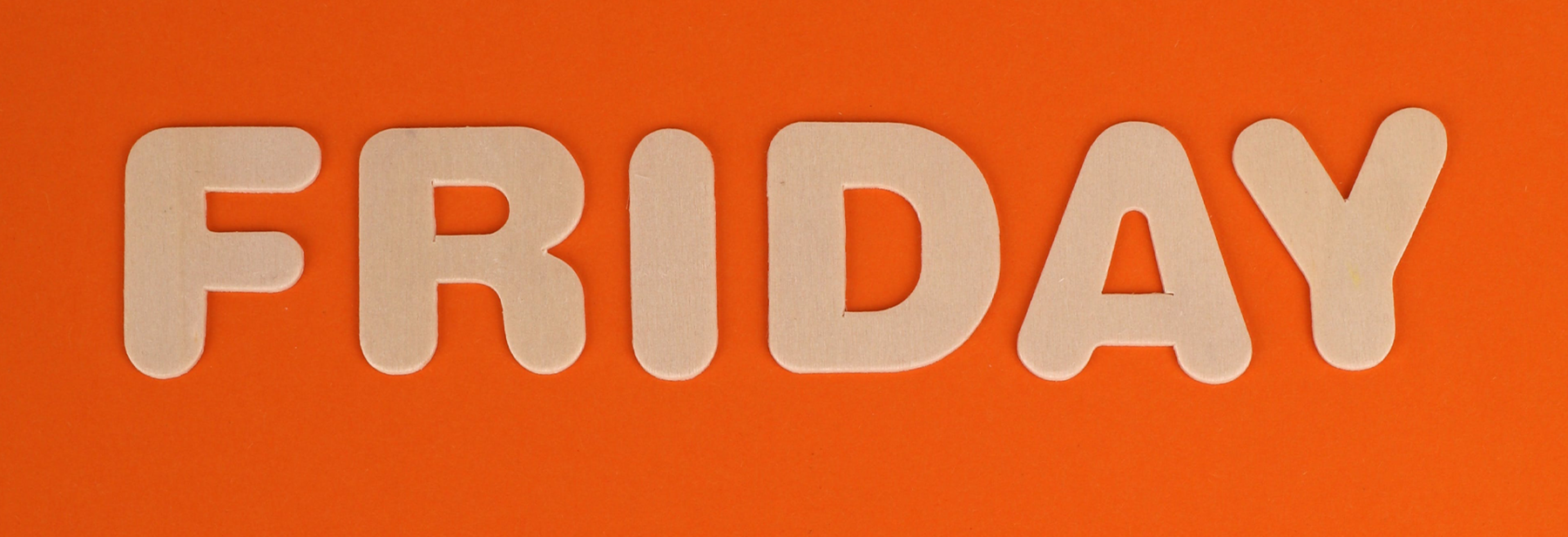
ServiceFriday: Should Different Advertising Practices be Used for Niche Versus Popular Products?
Advertising for niche versus popular products can be very different, especially in e-commerce. In order to reduce shoppers’ search costs and direct their attention to goods or services they would especially like, retailers utilize certain passive and active marketing tools. In the article, “The Effectiveness of E-tailers’ Communication Practices in Stimulating Sales of Niche Versus Popular Products,” Brinja Meiseberg explores how effective these tools are and whether the influence changes between popular and niche products.
E-tailers offer information to their customers through a variety of different means. They might offer passive information through “automated recommender systems to increase the ease with which consumers can find products.” They can also facilitate active searches through vivid content or free trials offered to consumers. These can all be highly effective strategies, but little research has shown which ones are more effective for popular, mainstream products, and which are more effective for less popular, niche ones.
The article examines four distinct communication practices – “presenting product networks (recommender systems), social features (user-generated content), free trails, and vivid content.” Passive tools such as recommender systems utilize a consumer’s preferences from past purchases or page views to determine new products that would be of interest to them. Online recommendations are the most influential to consumers, especially when they are electronic, as opposed to from other consumers.
Active tools are different in that they allow customers to assess products they are already interested in. An example of this is Amazon providing samples of book pages. Free trials have been found to be one of the most effective, low-risk strategies a company can implement. Another factor considered is vividness, or “the extent to which sensory information available online can compensate for a lack of haptic information and increase confidence in product evaluations,” which has been found to be an important criterion in customer searches.
Overall, it was found that although both popular and niche products benefit greatly from these four communication strategies, niche products seem to benefit relatively more. There is much less external information available about niche products, whereas popular ones gain coverage from television, magazines, book stores, and tend to have higher advertising budgets and awareness among consumers. This all provides reassurance that a popular product is the “safe” one to buy. However, e-tailers’ communication tools are often the only source of information for niche products, so these will benefit more.
To read the full article, visit The Journal of Retailing at Science Direct. (A fee may apply.)